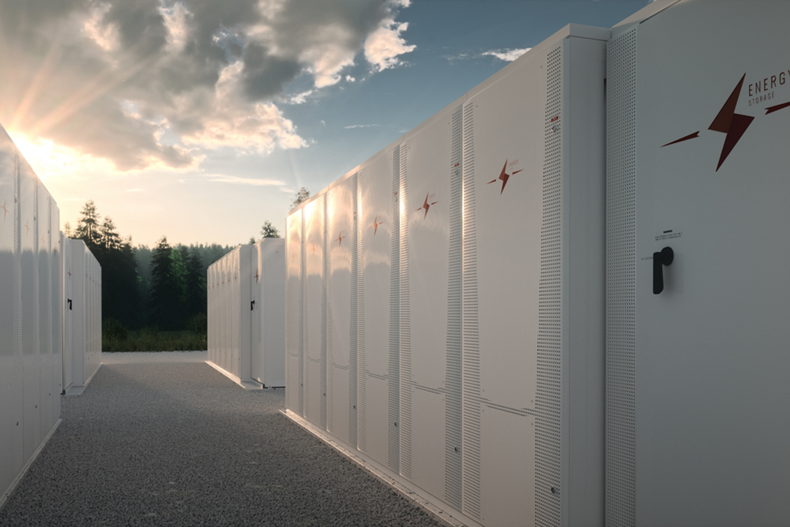
COP26 put the spotlight firmly on the role that everyone in the UK can play when it comes to helping us reach net zero. No-one wants to be left behind and that’s where SSE Distributed Energy comes in.
As a low carbon energy company SSE is well known for its big-ticket renewables projects such as Dogger Bank offshore wind farm – which once complete will be the largest in the world, capable of powering six million homes every year.
But Distributed Energy, has an exciting mandate to develop propositions in solar photovoltaics and battery storage. Although smaller in scale than some of what we do at SSE we see a clear role for us to meet the changing needs of the energy user.
I’ll be taking this message to the Solar & Storage Live 2021 conference at the NEC in Birmingham on 23-25th Nov which will bring together the best brains in this ever growing sector.
As we build out more and more renewables, and electrify transport and heat, the demand for flexibility on the grid is going to continue to grow and the transmission and distribution grid itself will continue to evolve.
Technology and commercial innovation can also enable end users to take control of driving down their carbon profile, manage their energy supply and increasing resilience – through solar generation, corporate PPAs and demand side response.
EV charging and electrification of heat can drive local constraints on the grid, and DNOs and Grid are already working on a new array of flexibility services in certain locations. This means that we need more storage capacity in more locations.
As for solar, it’s already cost competitive – a study from BEIS indicated that solar and wind could be the lowest cost forms of generation in the UK. Solar has a very different generation profile to wind, which is why it arguably complements wind well in the generation mix.
It’s another valuable growth technology for the UK. It’s modular, popular and it’s here already (we have 13GW already in the UK), and I believe it will grow now with or without subsidies at both the local and the utility scale.
The good news for landowners and farmers is that solar is now back in the mix to receive subsidies. And now that Britain has left the EU there should be greater flexibility for legislators to reward farmers and landowners who decide to prioritise solar or battery storage on their sites.
So, it should be easier than ever for interested parties to go ‘behind the meter’ when it comes to developing green energy assets which they or others nearby can benefit from – a course of action that can save both carbon and cost.
For example, we have recently purchased the project development rights for our first 50MW battery storage asset on a consented site in Wiltshire, from Harmony Energy Limited. The project will help deliver essential balancing services to the energy system.
We also want to help those interested in generating their own energy by offering fully financed solar solutions where we develop, build, own, operate and maintain solar systems. Zero carbon energy is then provided at no upfront cost – simply charged under a fixed term Power Purchase Agreement (PPA). Thus, making a saving on network or grid connection costs.
SSE can utilise onsite space such as car park canopies, vacant ground space, or roof-tops to deploy Solar PV and create value from places that are often overlooked and undervalued. Or we can secure offsite land, delivering energy through a private wire or from a remote solar facility via the grid.
Our whole system capability means we can integrate solar generation with a wider range of complementary distributed energy solutions, bespoke to any site requirements and ensuring energy resources are fully optimised for efficiency and carbon reduction.
We want to forge long term partnerships with those keen to make long term energy cost and carbon savings.



